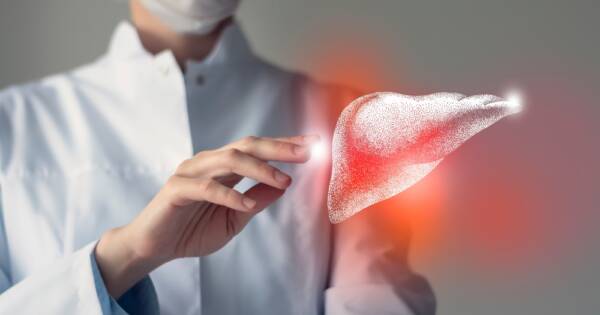Mammograms are vital in the early detection of breast cancer, using low-dose X-rays to reveal unseen abnormalities. This comprehensive article examines essential aspects of mammograms, including their preventive and diagnostic roles, preparation tips, and what to expect before and after the procedure. By understanding these facets, individuals—especially those at higher risk—can engage with mammography confidently and enhance their breast health management. Dive into the compelling details that aid in navigating mammograms effectively.
The Importance of Mammograms
Mammograms are a crucial step in the early detection of breast cancer, serving both as a preventive measure and as a diagnostic tool. They involve the use of low-dose X-rays to produce detailed images of the breast tissue, which helps in identifying lumps or abnormalities that cannot be felt through physical examination . Employing this technology allows for early intervention, significantly lowering mortality rates by catching cancer before symptoms appear. This article explores what you need to know before undergoing your first mammogram, including preparation tips, procedure expectations, and post-exam steps.
Understanding the Procedure
Mammograms fall into two main categories: screening and diagnostic. Screening mammograms are routinely conducted on individuals with no symptoms as part of a regular health checkup, often recommended beginning at age 40 for women at average risk . However, those at higher risk—such as African American women, those of Ashkenazi Jewish descent, or transgender individuals with breast tissue—may need to start earlier according to personalized screening schedules created by a healthcare provider.
Diagnostic mammograms aim to examine unusual findings, such as suspicious areas discovered during screenings. The procedure typically involves compressing each breast between two plates for short periods to get clear images. While this may cause discomfort, it is necessary for acquiring precise results.
Key Preparation Tips
Preparing for a mammogram involves several crucial steps. Scheduling is one of the most important aspects, with experts recommending planning your mammogram for the week after your menstrual period when breasts are less tender, which minimizes discomfort . Avoid using products like deodorants and lotions on the day of the exam as they may interfere with imaging results, by appearing as false spots on X-rays . It’s also advised to wear comfortable clothing such as a two-piece outfit that facilitates easy removal of the upper garment during the exam.
Opting for the same imaging center each year can improve the accuracy of results. Consistent venue selection allows radiologists to compare current images with previous ones efficiently, spotting subtle changes in breast tissue over time . If you decide to change facilities, make sure to transfer past images and records in advance.
Expectations During a Mammogram
The mammogram appointment usually takes about 30 minutes. After positioning, each breast is compressed for 20 to 30 seconds to obtain quality images. This quick process causes some discomfort but should not be painful. If anxiety about pain persists, taking an over-the-counter pain reliever an hour before the procedure can alleviate discomfort. Communicate any discomfort to the technologist so they can adjust the compression settings appropriately , ensuring a more comfortable experience.
After the Mammogram: Results and Next Steps
Upon completion of the mammogram, a radiologist will review the images, analyzing them for any signs of cancer or abnormalities. Results are usually forwarded to the patient’s healthcare provider, who will discuss them and inform patients of the next steps if further testing is necessary. If abnormalities appear, additional tests like ultrasounds or biopsies might be recommended . It’s important to maintain record continuity when changing facilities to aid in accurate diagnosis—a benefit only possible with thorough record transfer.
Why You Should Learn More About Mammograms Today
Mammograms serve as a cornerstone in the early detection of breast cancer, guiding individuals through preventive measures and potential diagnostic processes. Understanding the types of mammograms, preparation tips, and what to expect can greatly enhance the experience, reducing anxiety and ensuring accurate results. Recognizing the life-saving potential of mammograms and acting proactively, especially for those at higher risk, can make a difference in breast health outcomes. Prepare for your first mammogram with confidence, embracing the procedure’s benefits while remaining informed about the process and follow-up expectations.


